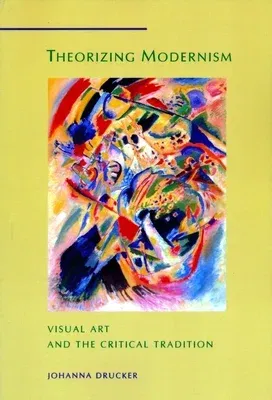Theorizing Modernism is a rereading of the modernist tradition in the
visual arts that provides a unique view of the history of modern art and
art criticism through a psychoanalytic and poststructuralist stance.
Concentrating on canonical critical texts and images, the book examines
modern art through a rhetoric of representation rather than through
formalist criticism or the history of the avant-garde. Three themes
organize the work: attitudes toward the space - social, literal, and
metaphorical - of modernism as representation; assumptions about the
ontology of the object (from aesthetic formalism to deconstructionist
interpretation); and theories of the production of subjectivity (from
artist and viewer to subject position). The first section reviews the
spatial metaphors used to describe modern life, from Baudelaire on the
work of Constantin Guys, through Jean Baudrillard on the paintings of
Peter Halley. The second section examines the writings of such modernist
critics as Clive Bell, Roger Fry, and Clement Greenberg on the object as
a formalist construction. The final section explores concepts of the
artist as a producing subject and of the viewer as a produced subject
with respect to such artists as Pablo Picasso, Marcel Duchamp, Andy
Warhol, and Sherrie Levine. This book is a major contribution to the
study of modern art history. Theorizing Modernism, in Professor
Drucker's words, "is not an analysis of modern visual culture, nor of
modernity through the visual arts. It is a study of the changing
strategies of visual arts and critical writing according to a rhetoric
of representation through three themes that examine concerns central to
the cultural production known as modernart."

